We often overlook physical health for seniors. We must continue making physical health accessible to the elderly so they can remain independent and active as long as possible.
Everyone has heard “a body in motion stays in motion” when referring to physical health. However, aging often brings obstacles that impede our ability to maintain our strength, balance, and coordination.
Whether you’ve had a recent injury or have just found yourself inactive, maintaining physical health is vital to living a comfortable life.
Although it may seem daunting to begin a new exercise routine, experts in geriatrics have said that many symptoms we generally associate with old age. Weakness and balance issues are not symptoms of age at all—they’re indications of inactivity.
Therefore, staying active keeps our bodies from atrophying. Regular exercise can prevent or delay age-related diseases such as diabetes or Parkinson’s disease and naturally lowers blood pressure.
Regular exercise is also vital in keeping our mental health in check. Countless studies have shown the benefits of exercise on mood and reducing stress in older individuals. Depression in elders is common, but a regular exercise routine helps combat symptoms and is even a treatment alternative to medications.
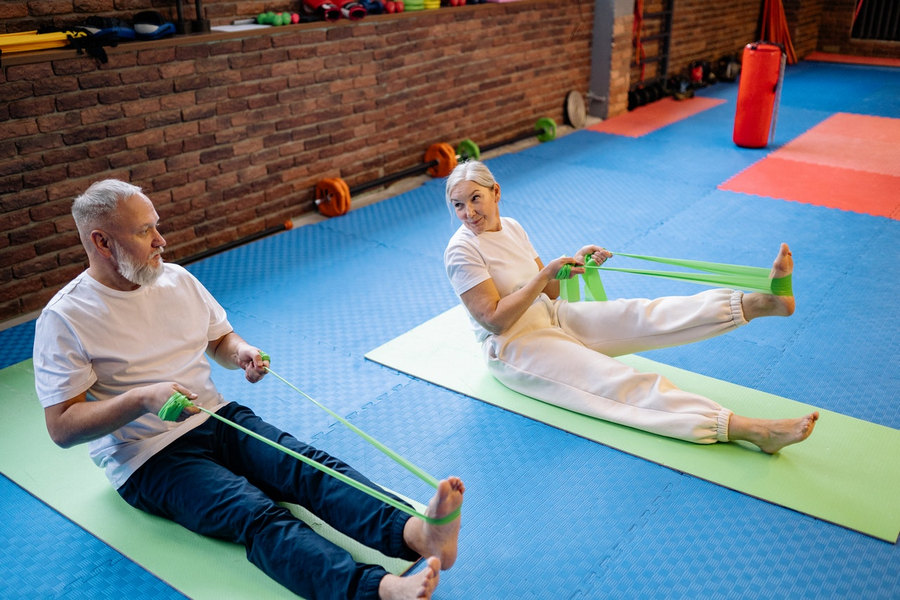
Making Physical Health Accessible to Seniors
The onset of aging brings certain physical limitations. It’s challenging to put on a shirt, adjust your socks, or even brush your teeth without help from someone else. But being independent is so important for seniors!
Physical health is essential to maintaining a healthy mind. With aging, many seniors experience chronic pain or have limited mobility, leading to a reduced quality of life and increased risk of falls.
We should ensure that all seniors have access to exercise and physical therapies to maintain their independence and quality of life for as long as possible.
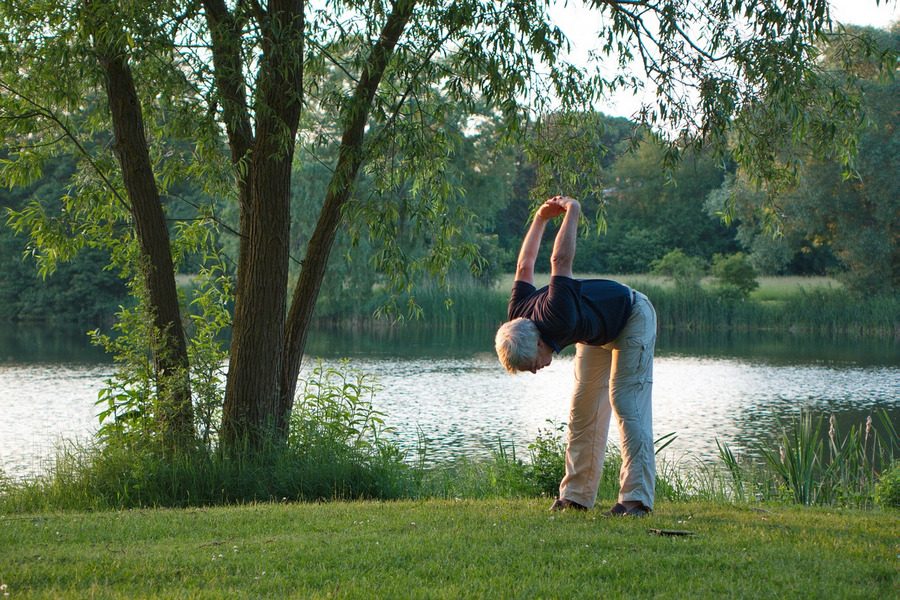
Calisthenics for Seniors
There are many ways seniors can maintain their physical health, but one of the most accessible routines is calisthenics. This type of exercise uses our bodies to strengthen large muscle groups with repetitive, simple movements.
Calisthenics refers to any activity that uses only one’s body weight. A few examples of calisthenics exercises are walking, push-ups, and the stretches you had to do in gym class before strenuous activity.
Some seniors can perform these movements effortlessly, even those with recent injuries or arthritis. The regular practice of calisthenics can improve joint pain, flexibility, and combat fatigue that often pairs with arthritis. As for injuries, they are frequently treated with physical therapy that uses techniques similar to the movements in calisthenics.
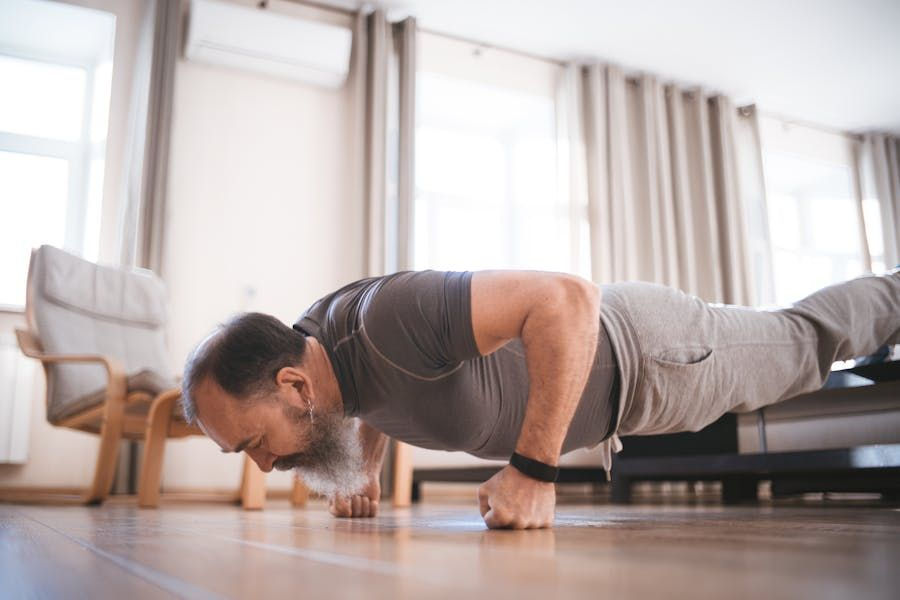
Benefits of Bodyweight Training
The benefits of calisthenics are innumerable. Calisthenics and other bodyweight training are perfect for arthritis and joint pain as muscles receive more blood flow. Calisthenics is great because it targets the muscles we frequently use in movements that naturally stretch and tone our bodies.
• No equipment! Because this type of exercise doesn’t use large or heavy equipment, there is a lower chance of straining or injuring yourself.
• No cost! Starting a new exercise program can be expensive, but there is no cost to using body weight and other tools around the house!
• Accessible for all. We can adapt calisthenics for people of all ages. This includes those who are more comfortable sitting, and we can do it anywhere. Since calisthenics uses our body weight, the movements are usually very intuitive.
• Full-body workout. This type of exercise targets multiple large muscle groups at a time, which builds strength, flexibility, and mobility simultaneously.
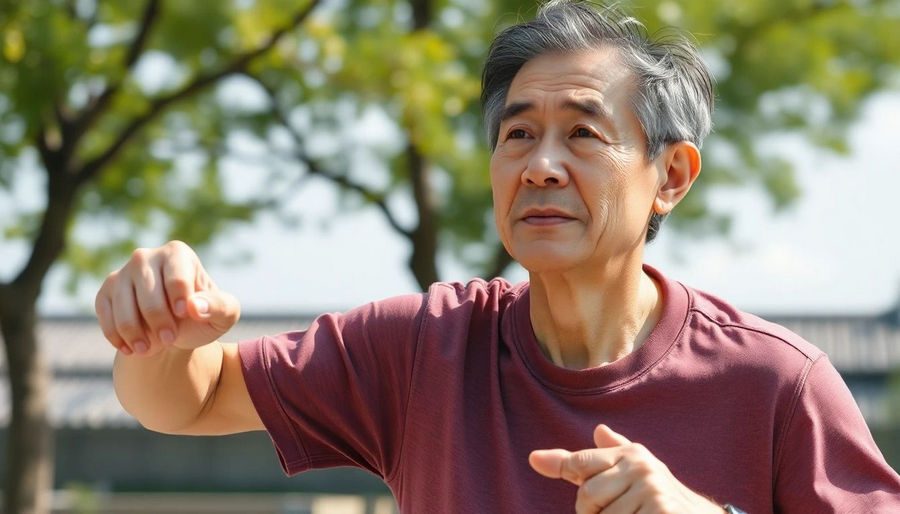
Nationwide Exercise
The Japanese broadcasted 3-minute radio exercises across Japan to boost life expectancy in the 1920s amid tuberculosis infection outbreaks.
This “radio calisthenics” broadcast continues a hundred years later, practiced by Japanese citizens of all ages. They know the 11-step routine by heart. They practice in schools, office buildings, and at home.
This low-impact exercise gets the blood flowing and has done its work in boosting life expectancy. Japan’s average lifespan is 84 years, while the United States’ average is just 78. Of course, other environmental, dietary, and cultural aspects go into life expectancy, but regular exercise helps.
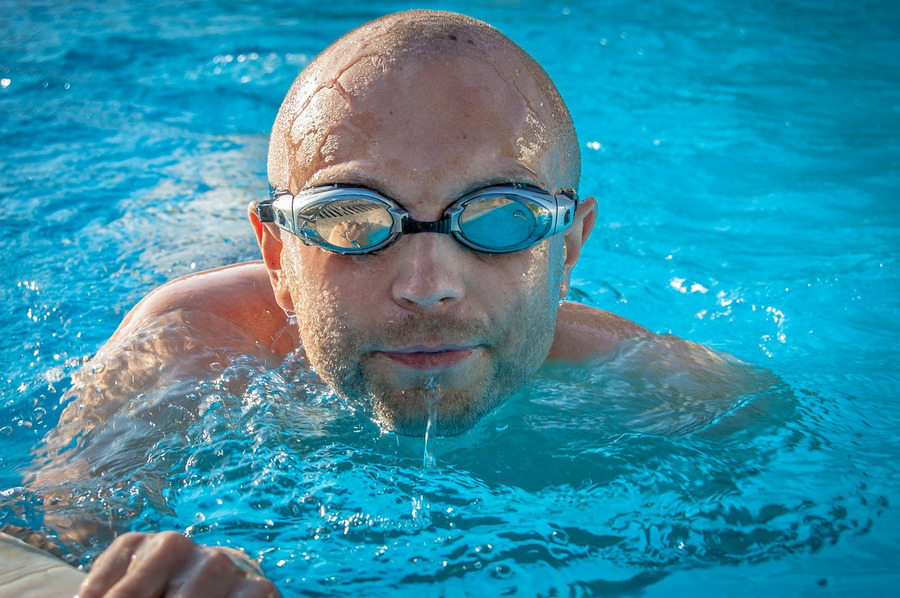
Water Aerobics for Seniors
Aerobics in water is even more beneficial for seniors because water’s buoyancy reduces the impact and stress on muscles and joints. Being in the water acts as resistance, therefore increasing flexibility and balance while decreasing muscle loss.
While participating in water aerobics might have more impediments than calisthenics, it is an excellent option for those who have access to a pool and can be submerged entirely. Water aerobics offers a great alternative form of exercise to gym training, which can be dangerous for seniors.
Exercising in water reduces the risks of injury. Although water can be slippery, being submerged offers the same resistance which the body exerts. The heat from the water also increases circulation.
As moving in the water requires force, we can consider any movement exercise. This includes treading water, leg lifts, or swimming. While some strokes may be more beneficial or more accessible to specific seniors, swimming improves the entire body’s range of motion.
We can also do Yoga or Pilates in the water, helping our muscles relax and receive these exercises’ full benefits. The only downside to water aerobics is the equipment required. We need a pool and sometimes water weights or noodles. We also need to have someone in the vicinity who can watch over those in the water.
As we get older, it becomes more challenging to exercise regularly. Whether it is aches and pains from arthritis or physical health might have just slipped down your to-do list.
However, exercise is essential for good health at any age. Exercise also keeps us independent. Integrating daily activity into our lives is the easiest way to stay on top of our physical health needs.
If mobility issues concern you or the senior in your life, consider signing up for pool activities, as many find it easier to move in the water than outside. If going to a pool isn’t an option, try calisthenics or chair yoga. The important thing is to stay active! Find new and fun ways to keep your body in motion to enjoy your golden years fully.
While it is essential to care for our physical health, we recommend consulting your doctor before beginning a new exercise or diet regimen. It’s also necessary to start in increments to prevent injury or excess strain.
.
Making Physical Health Accessible to the Elderly – Conclusion
Making physical health accessible to the elderly is a challenge. However, with proper knowledge and preparation, we can take steps to improve our loved ones’ fitness level—and overall wellbeing.
Applewood Our House has provided assisted living and memory care for seniors in Colorado for more than a decade. We offer our residents an array of services, including specifically tailored exercise programs.
If you have questions about how we help them stay active as they age with dementia, contact us today!






